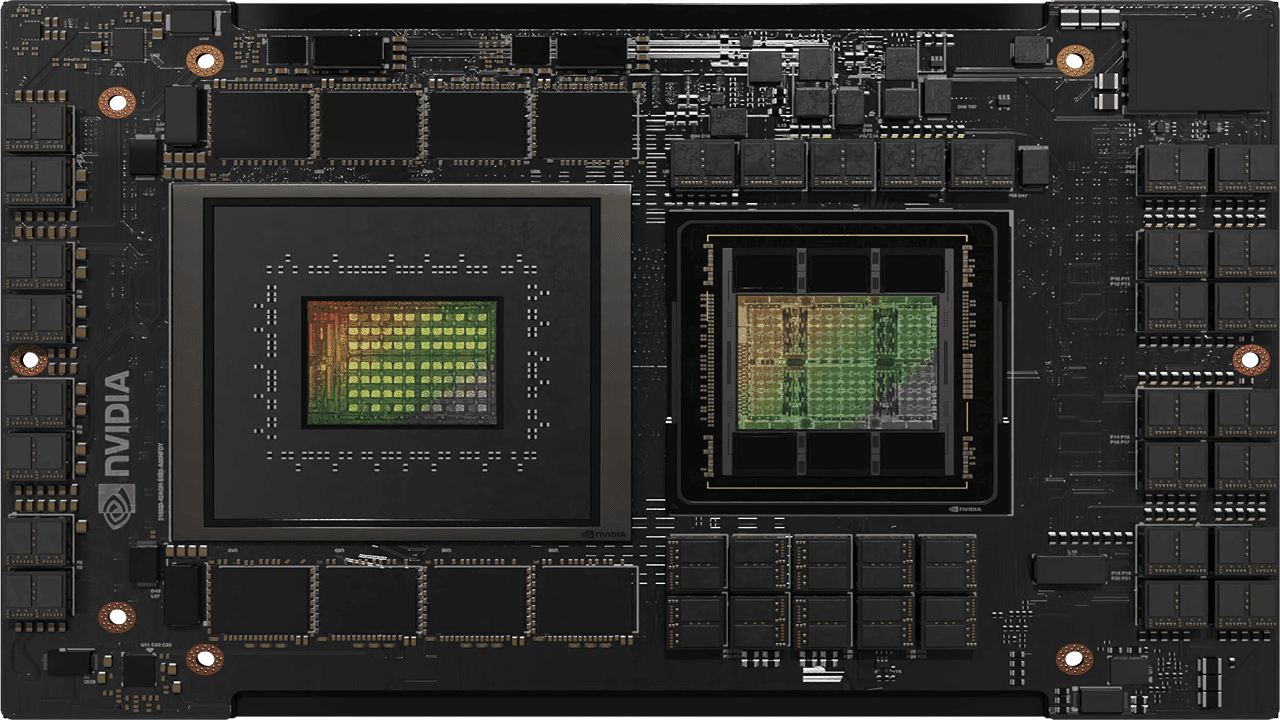ECS Limited
Adaptability is at the core of everything we do at ECS. With thousands of projects completed across diverse markets, we understand the unique demands of each sector. Our team of professional engineers, scientists, and certified technicians combine their expertise with cutting-edge tools, technology, and financial strength to deliver tailored solutions that work. Whether it’s geotechnical engineering, construction materials testing, or environmental assessments, our full-service team provides value at every step, ensuring projects run smoothly and efficiently.
In today’s fast-paced world of project development, ECS offers a seamless “one-stop shop” experience. Our National Accounts division provides real-time communications and centralized project management, streamlining the process from start to finish. Each project is supported by a National Account Manager (NAM) with technical expertise and project-management skills, acting as your advocate to achieve compliance, sustainability, and performance. Whether you’re tackling geotechnical challenges or facility management, we ensure that our services meet your project’s unique needs while delivering timely, actionable insights.

Image Source: https://getimg.ai/
Sub-classifying Ovarian Cancer with TensorFlow2
Kaggle.com
In this cancer classification project using TensorFlow2 and Keras, the primary challenge is to accurately classify ovarian cancer types in tissue samples, which often involve massive images. Rather than scaling down these images, the proposed approach involves image segmentation to divide large images into smaller, more manageable segments (225x225 pixel tiles). This segmentation allows the model to focus on finer details within the tissue samples, potentially improving the accuracy of cancer detection. Additionally, I plan to implement CUDA GPU acceleration to further enhance the processing speed once the model is trained on a smaller dataset.
TensorFlow
Keras
The classification model itself is a neural network model built using TensorFlow and Keras. This model will be trained on the segmented image tiles to classify each segment according to the type of cancer it represents. The aggregated result of these individual segment classifications will be determined through a majority voting mechanism, ultimately classifying the entire tissue sample. The proposed approach offers benefits such as improved accuracy, efficient processing, and interpretability, as it allows for visualizing predictions on individual segments to gain insights into the regions classified as cancerous.
Future steps
updates
Future steps in the project include data preprocessing, where various techniques like data augmentation and normalization will be explored, model tuning involving the experimentation with different neural network architectures and hyperparameters, data visualization to gain insights into the distribution of cancer types, and model evaluation using metrics like accuracy, precision, recall, and F1-score. Ultimately, the model could be considered for deployment in real-world cancer diagnosis, integrating it into a medical system to assist pathologists in identifying and classifying ovarian cancer types in tissue samples.
Computer Science and Data Analytics Graduate
Justin Newman
In this project to classify ovarian cancer types using TensorFlow2 and Keras, I have encountered a set of significant challenges. One of the primary hurdles is dealing with the immense size of cell tissue sample images, some of which can exceed several gigabytes in size. These memory constraints present a formidable obstacle, demanding innovative strategies to work effectively within such limitations. Moreover, the task of finding the most adequate segments within these massive images for extraction and model training is a meticulous process. It necessitates the development of algorithms to identify the most informative portions of the tissue samples, ensuring that our model can effectively focus on the vital details required for accurate cancer type classification. Throughout this journey, I am truly grateful for the incredible support and appreciation from the Kaggle community, whose insights and contributions have been invaluable in overcoming these challenges and advancing our mission.
NVIDIA CUDA
With over 5 years of experience in advanced programming, I have a proven track record of delivering substantial performance gains. By harnessing the parallel processing power of NVIDIA GPUs, I can optimize code to execute up to 20x faster than on CPUs alone.
My CUDA expertise has enabled me to accelerate key workloads. For example, in a recent project I used CUDA to parallelize a pixel sorting algorithm written in C. By efficiently mapping image data across thousands of GPU cores, I reduced processing times from several minutes to under 10 seconds. The optimized CUDA kernel cut costs and improved the user experience.
As a strong developer, I can identify bottlenecks in your pipeline and apply parallel programming techniques to overcome them. My CUDA proficiency can slash processing times, reduce costs, and improve product performance. If you're looking for someone to unify the power of your GPUs and spark innovation, I have the parallel programming skills to rapidly accelerate your business.

Image Source: https://www.nvidia.com/en-us/data-center/grace-cpu/

Justin Newman
@justin
Software developer and UI/UX enthusiast.
#FullStack💻1
Following
497.1K
Followers

Justin Newman
@justin
"The only way to do great work is to love what you do." - Steve Jobs
#CodeForFun💻1
Following
497.1K
Followers

Justin Newman
@justin
Artist, designer, muscian, and creative thinker.
#FullStack💻1
Following
497.1K
Followers


Digital forensics
With experience using Ghidra for software reverse engineering, I have developed robust skills in analyzing executable files and disassembling code. I have leveraged Ghidra's disassembler and decompiler to gain deep insights into proprietary software and malware.
In addition to software reversing, I have expertise applying Ghidra for digital forensic investigations. My background disassembling binaries, inspecting memory, and statically analyzing code with Ghidra allows me to support a wide range of cybersecurity use cases. I enjoy tackling complex reverse engineering challenges, and look forward to applying my Ghidra skills to unlock insights from compiled programs and binaries.
Although early in my career, I have demonstrated skills optimizing code for parallelism and also showcased my deep understanding of computer systems.

Justin Newman
Woodbridge, VA
I maintain a remarkably comprehensive understanding of cybersecurity and computer systems, I adeptly employ the analytical skills required to pinpoint and exploit security vulnerabilities within various encryption strategies.Through meticulous reverse software engineering, utilizing open-source solutions like the NSA’s Ghidra software,I am more than capable of infiltrating susceptible systems and recovering vital information for digital forensics investigations.
3D Data.
With over 2 years of experience building interactive 3D data visualizations using JavaScript, I have honed my skills in creating engaging, dynamic representations of complex information. Most recently, I developed a React-based application for exploring multivariate data in 3D scatter plots. By leveraging WebGL and the three.js library, I was able to render performant 3D visuals that users could pan, zoom, and rotate fluidly. Click events and hover interactivity brought the data to life. Using Deck.gl for adjustable parameters, users could dynamically filter the data points and transform the graphs in real time. My background developing immersive 3D data visualization experiences allows me to make data insights accessible and intuitive through interactivity. I enjoy crafting novel ways of representing information in interactive 3D, and am excited to continue innovating in data visualization.

Data Visualization
newmanjustin.com
Justin Newman
Woodbridge, VA
SKILLS AND PROFICIENCIES
Git, Linux, Java, JavaScript, Python3, C, HTML, CSS, PHP, mySQL, R, React.js, DynamoDB, Firebase, Ghidra.
INDUSTRY-RELEVANT COURSES
Applied Algorithms, Software Engineering, Computer Systems II, Discrete Structures II, Calculus II, Database Systems, Parallel and Distributed systems, Statistics, Web Development, Linear-Algebra, Machine Learning.
JAMES MADISON UNIVERSITY
Bachelor of Science in Computer Science. Minor study in Data Analytics
Graduation - May 2023
BEST AWARDS AND HONORS
President’s List.
PQC
With the advent of quantum computing on the horizon, organizations must start preparing for the cryptographic upheaval it will bring. Quantum computers will render many standard public-key cryptosystems like RSA and elliptic curves insecure. To future-proof encryption, companies should begin migrating to quantum-safe algorithms resistant to attack by both classical and quantum algorithms.
The most promising post-quantum public-key candidates are lattice-based and multivariate cryptosystems. In particular, lattice schemes like NTRU have efficiently implementable key exchange and digital signatures ideal for TLS and authentication. Code-based cryptography like McEliece offers an alternative approach using error-correcting codes. On the symmetric side, algorithms with security proofs against quantum queries like AES-256 will likely remain viable. To ease the transition, hybrid schemes are emerging which run post-quantum crypto alongside traditional public-key. By incrementally adding support for algorithms like CRYSTALS-Kyber and SIKE, organizations can guard their systems against quantum threats. With prudent preparation, we can work to ensure sensitive data remains secure even in a world of quantum advantage.

Concepts
newmanjustin.com